Freiburg was a completely uncharted travel. It was after arriving in Europe that I learned of an old friend who had settled in Freiburg. And that prompted me to take a detour to Freiburg. Sitting at the foot of the Black forests wooded slopes, Freiburg is a sunny, cheerful town, adorned with cobblestone paths, and café rimmed plazas. The whiff of medieval charm, cheerful city under the shadows of Black forests, and delicious food could be a reason enough to pencil in some time to feel the warmth of Freiburg.
At the bus stop, Claudia waited for me with open arms. A cheerful, warm hug, accompanied by a hospitable ‘Welcome to my city’. A never-ending smile stretched on her face. Claudia had recently shifted from Strasbourg to Freiburg, which basically means shifting from France to Germany, though Germans still count Strasbourg as their own (a long story taking you back to the Nazi era).
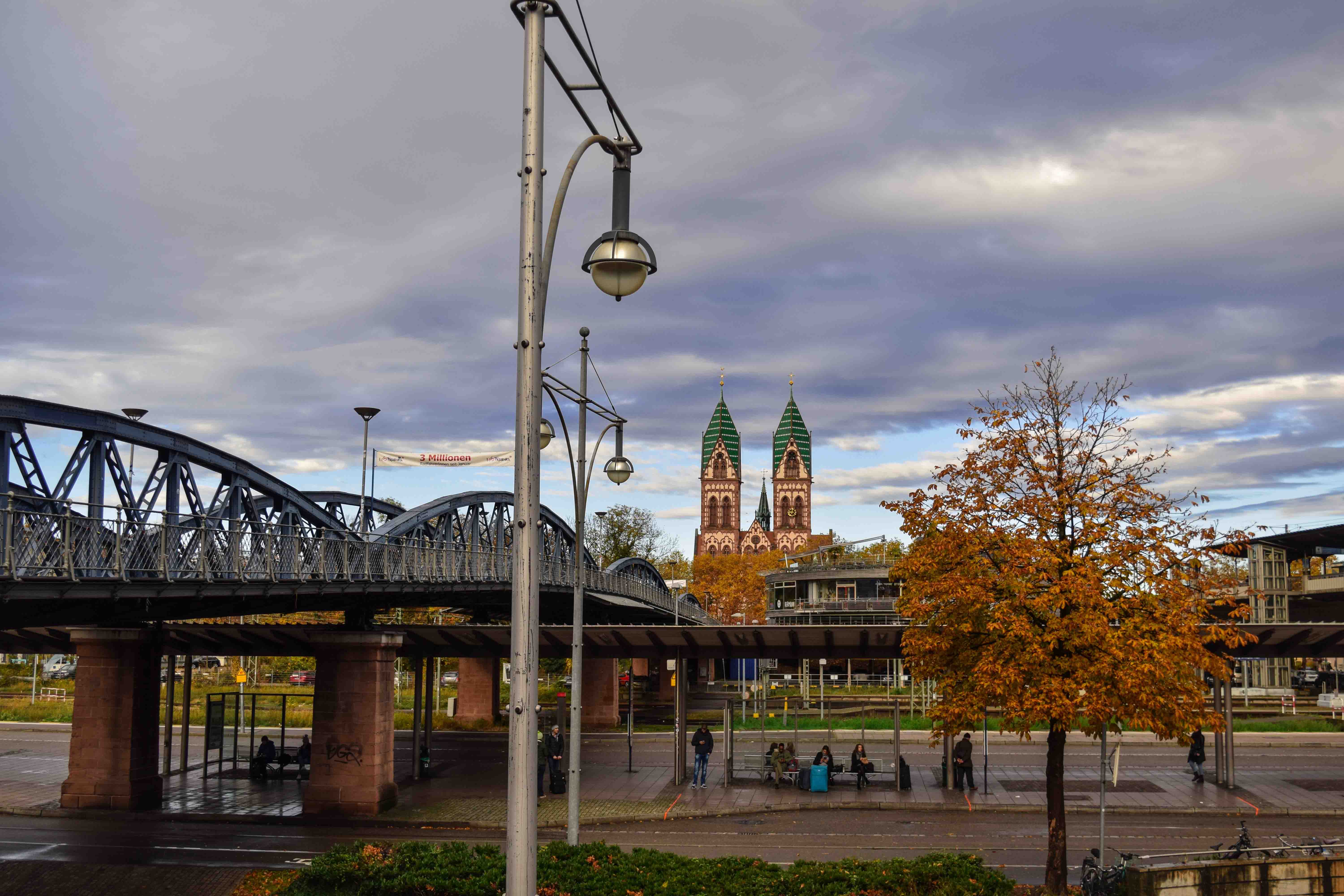
“I recently shifted to Freiburg, this place has more business prospects,” She told as she took me in a half hug. And that intrigued me, Claudia is an eco-designer, and more business for her, clearly means some fruitful discussion. But then these are discussions best left for the evening coffee.
It was rather a time to grab a coffee and then set off for an enchanting journey to the old town.
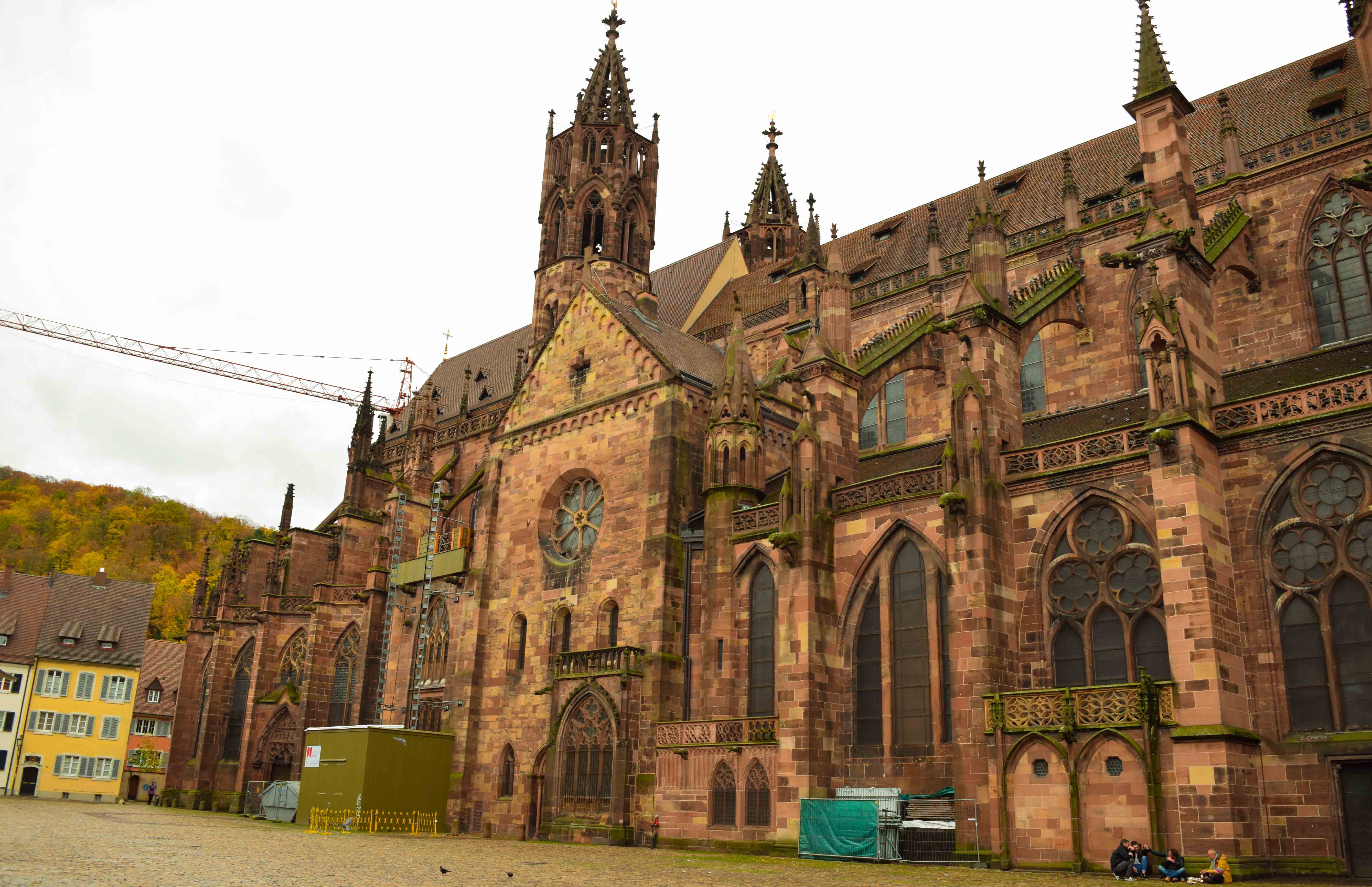
“Do you wanna try something German, or stick to your staple French diet?” Claudia asked me. I could only chuckle. And she took me to through several winding roads, to the other side of the town, a wide open green space where rough-hewn wooden tables were laid beneath the walnut and cherry trees. Open spaces like these often double up as spaces for street joints. German cuisine goes way beyond beer and bread. This menu has the local specialties Spätzle (home-made egg noodles) Brägele (sauteed potatoes) and Flammkuchen (onions and speck with crème on a thin pizza base), and Bibiliskäse, a light quark with fresh herbs, on wood-fire baked bread. It was still morning for us to have wine. The fervor of a weekend was quite visible. Families were up for their Sunday outings, and small music groups had taken their corners in the green space.
“This is still morning, come by noon, the place will be packed with people and activities” Claudia added.
“You Germans really do know how to take autumn seriously!” I quipped.
Travelers love to boast about their own discoveries – and almost an hour in Freiburg, I had already started reveling at mine. There was a whopper of secret gems in this town.
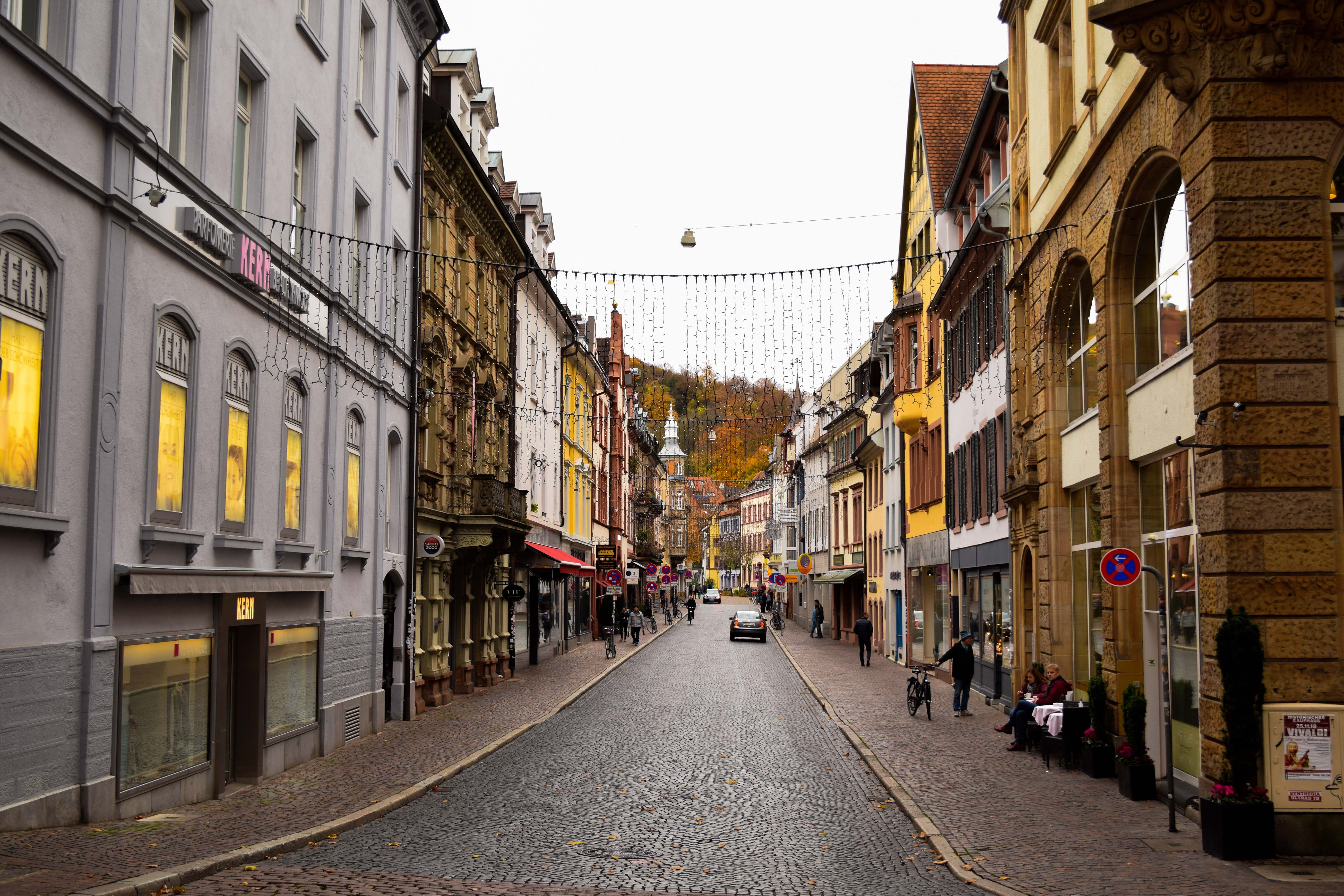
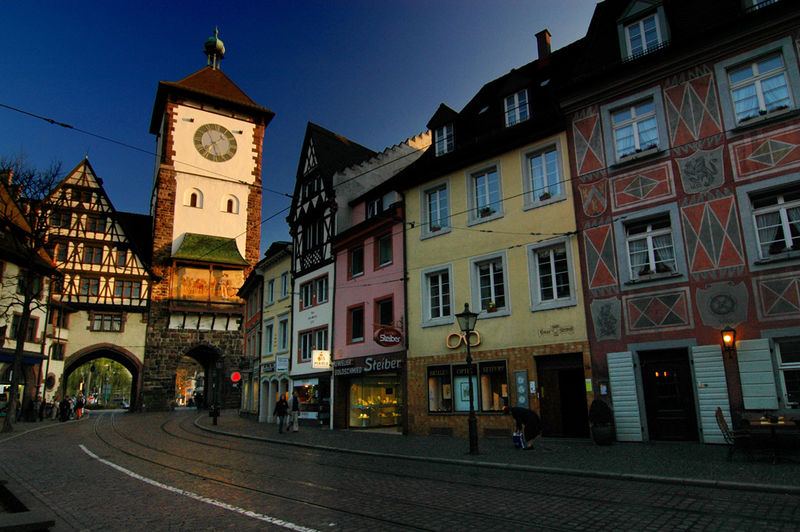
So an eco-fact, before we begin our sojourn to old town – Blessed with 2000 hours of annual sunshine, Freiburg is Germany’s warmest city. And the city has used this to its advantage, it generates nearly as much solar power as the whole of Britain, making it one of the country’s greenest cities.
We began the day with the impressive Münsterplatz (Cathedral square) at the heart of the old town. Completed in 1330, the building describes the town like no other. Standing tall in the lap of the black forests, a gigantic red sandstone gothic cathedral particularly famous for its towering spire, the Munster is a tell-tale of art and sculpture. From all almost every corner of the old town, you can see the 116-meter west tower, described by art historian Jacob Burckhardt in 1869 as “the most beautiful spire on earth.” The massive walls and magnificent pillars in the lower section are a clear testimony to the dexterity in art and craftsmanship of that era. As in recorded history, the cathedral took 300 years in construction, and its planning required incredible foresight and trust on the future builders. I still wonder what mesmerized me the most in this gigantic building, was it the spire that looks almost opening up to the skies, the magnificent pillars, or the 750-year-old Hosanna bell that gives Freiburg Cathedral a certain melancholic and loud tone? I believe my answer would be the rich glass paintings in the interiors, which kept my eyes fixed, and me in camera frenzy mode for almost an hour.
Tip: Take a walk around the cathedral, and notice the eerie landmarks of the cathedral – the gargoyles. The 91 gargoyles were tasked to protect the cathedral walls from too much of rain, and ward off the evil spirits from the cathedral and the city around it.

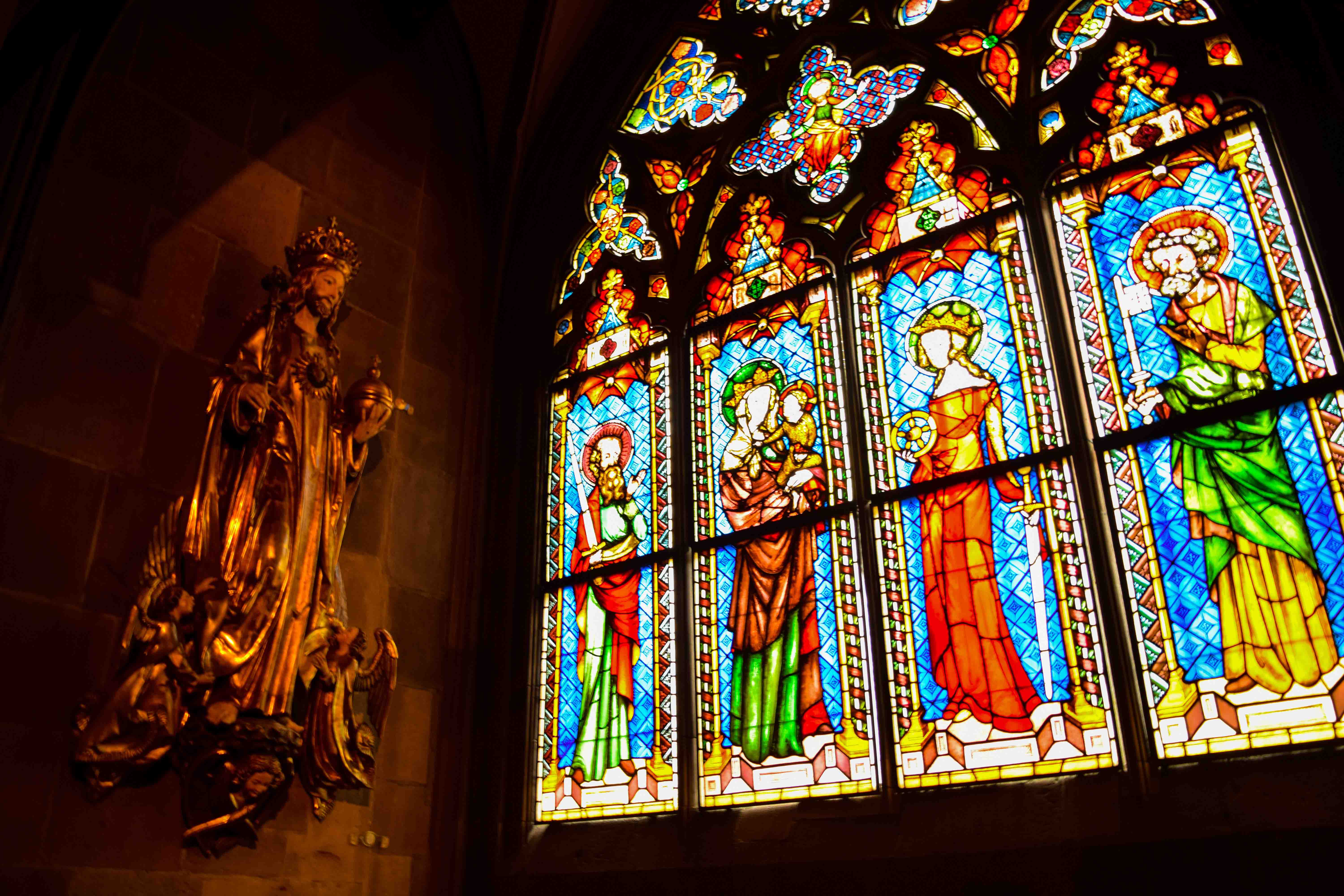
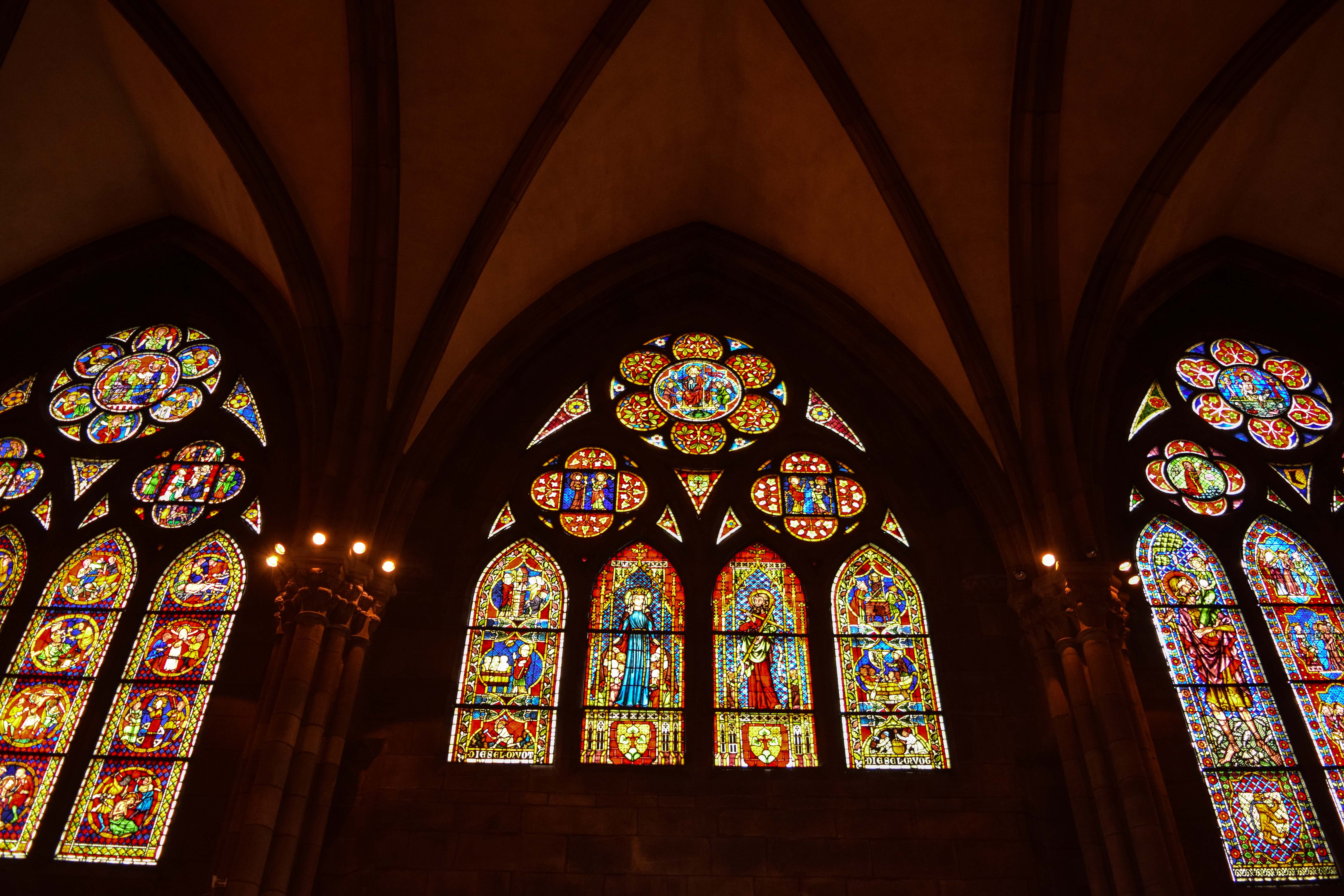
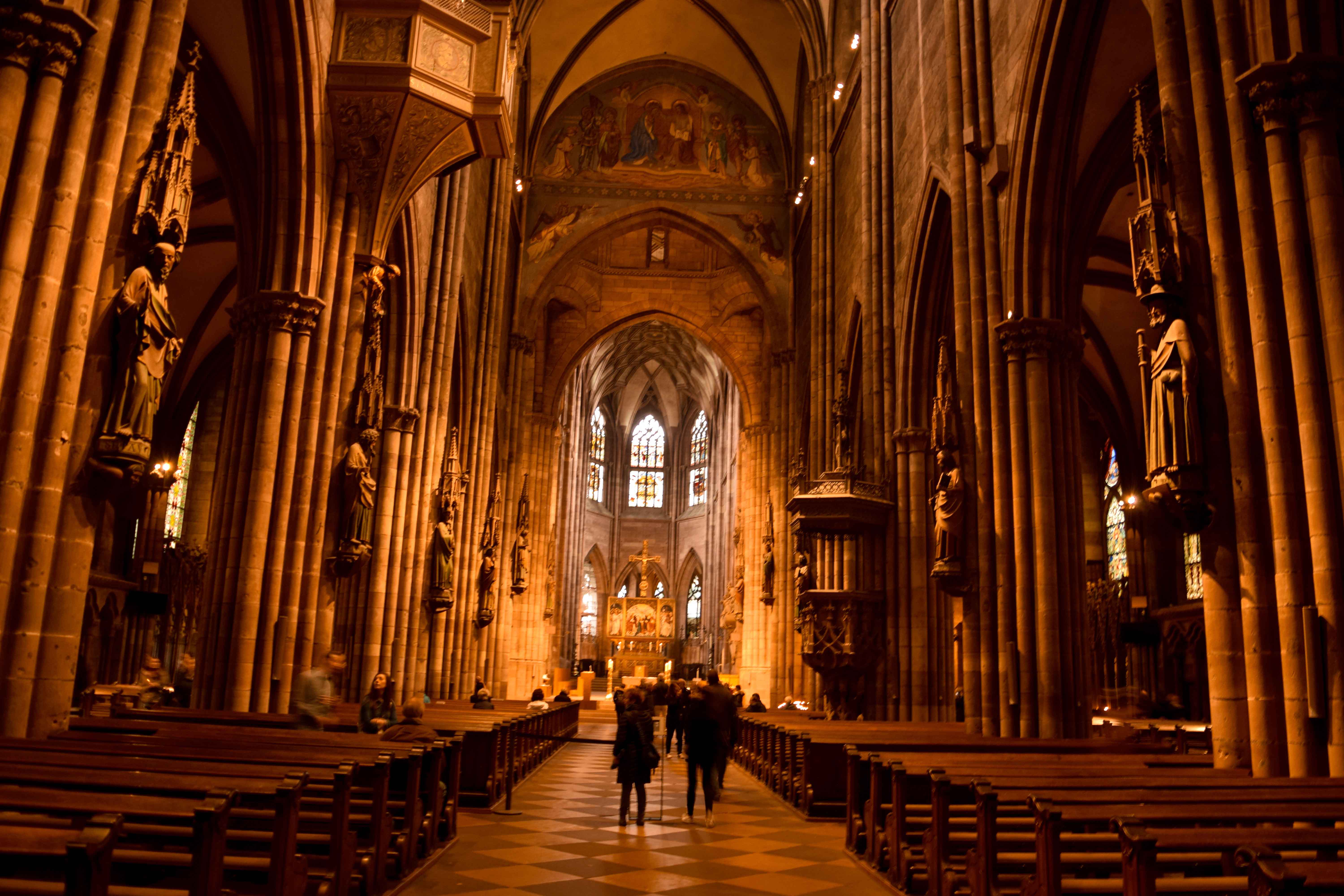
Freiburg has had a rough tryst with history. Like many European cities of the middle ages, Freiburg history is also full of bishops and kings ascending and falling, plotting and assassinations, and plague which wiped off almost a quarter of the city. Throughout history, Freiburg was under the French influence, even as late as the early 1990s. Thus, walking through the old streets of Freiburg is nothing less than turning pages of history. History is a constant companion in Freiburg. It was one of the first cities in Germany to enforce the deportation of Jews from the city in the early 1940s, and the signs of the turmoil still live on. From Europe’s oldest university to an age-old theatre holding many truths of World War II, the Munster, and the gothic style buildings, history never leaves you.
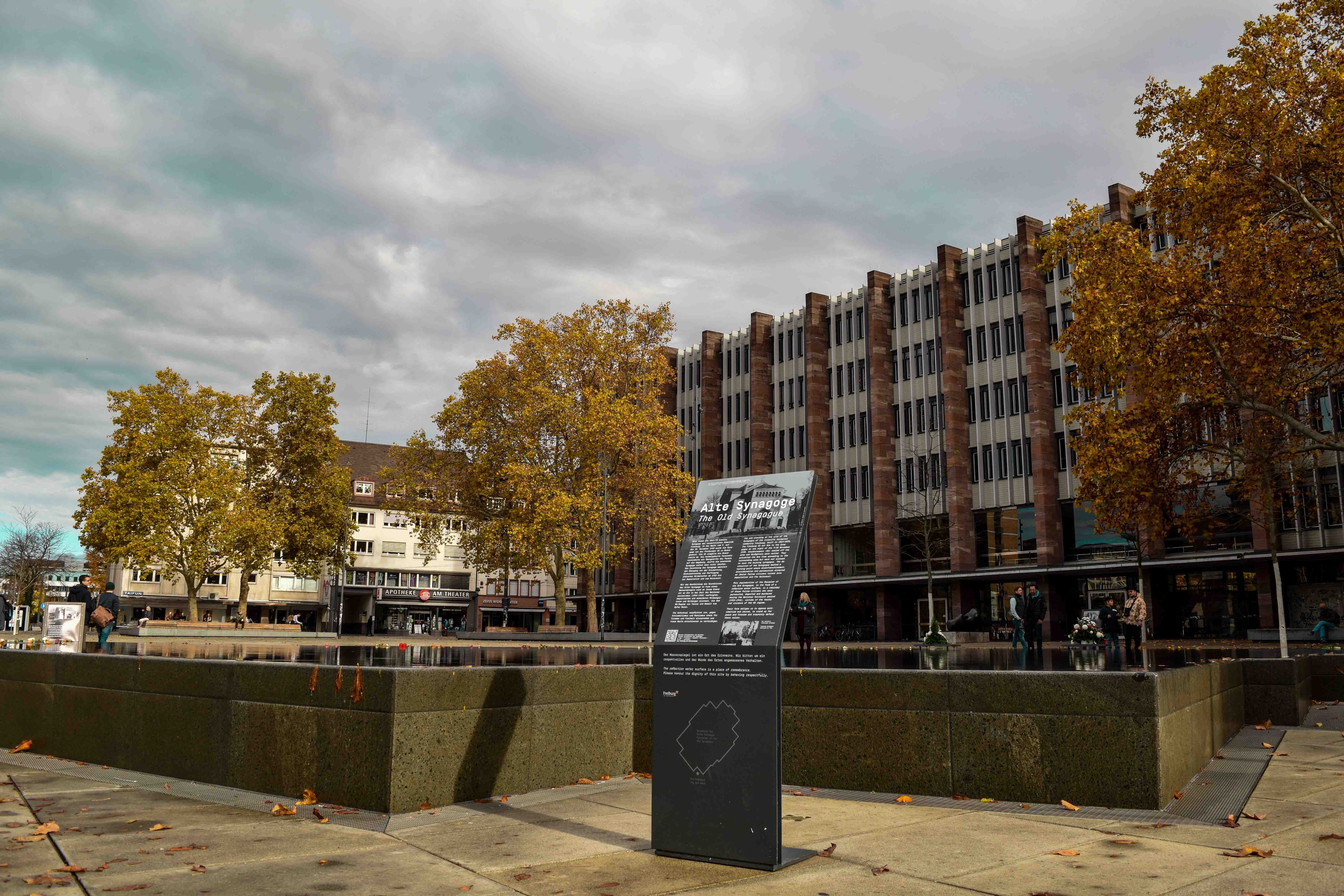
And while many European cities can boast of canals, Freiburg basks in the century-old tradition of Bachle or small water-filled runnels, seen along most streets and alleys in the old city, and is one of the city’s most famous landmarks. Another unmissable thing in Freiburg are the pieces of art on the roads of the old town. With every step in the old town, you run a chance to step into the past. Admire the 16th century Historische Kaufhaus (Historical Merchants’ Hall), besides the cathedral, and it’s rich bright red, intricately decorated façade. A little stroll will take you to the Klein Venedig or the Little Venice, with its narrow streets, and charming boutiques lined on the sides of the stream.
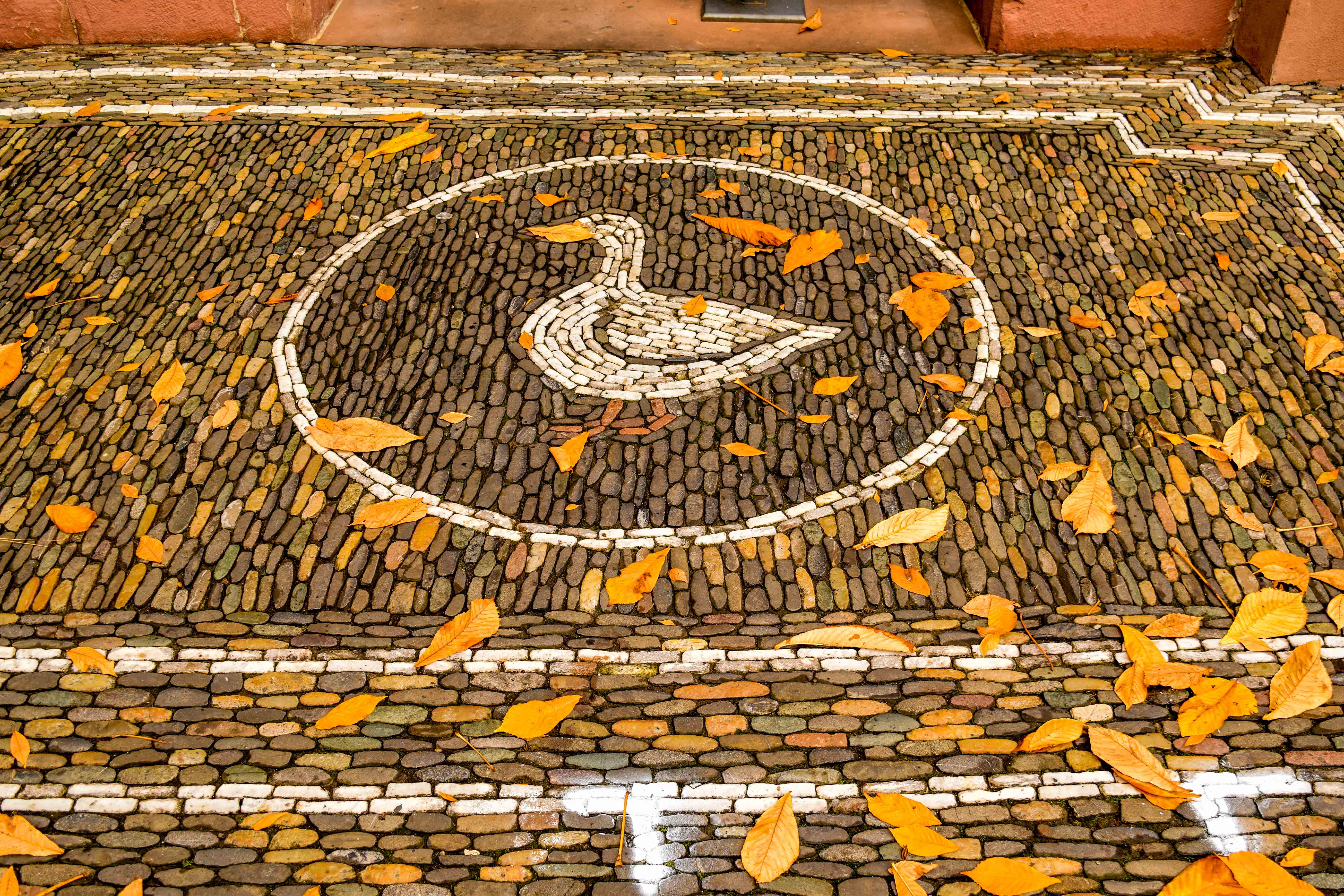
Most activities in the town are restricted to the Munsterplatz Daily Market in the shadow of the grand cathedral. Sausage carts line the inside border near the church, and vendors surround them selling fresh flowers, food, and wine. In the vicinity are a number of museums, and as Claudia pointed out while drawing a long list of museums in Freiburg; this city is for you if museums are your jam. For art and culture enthusiasts, a visit to the renowned Augustinermuseum, which houses an impressive collection of works from the Middle Ages to the Baroque period, is a definite must.
And before taking a look at the museums, I wanted to do the most ritualistic of European things – shop like a local. And so we took two turns to arrive at just the spot we wished to come, a cart selling tarts, and the ‘new wine’ or the “Federweisser”, or the autumn specialty. The wine is still at the fermentation process and thus ensures a tingly, refreshing autumn evening. One can shop an entire container, but we were happy with a bottle for ourselves. To a great extent Freiburg market, gives you that charming feeling of open-air markets of Southern France, albeit Freiburg’s is more locale, aromatic, relaxed, with the Munster offering a wonderful backdrop.
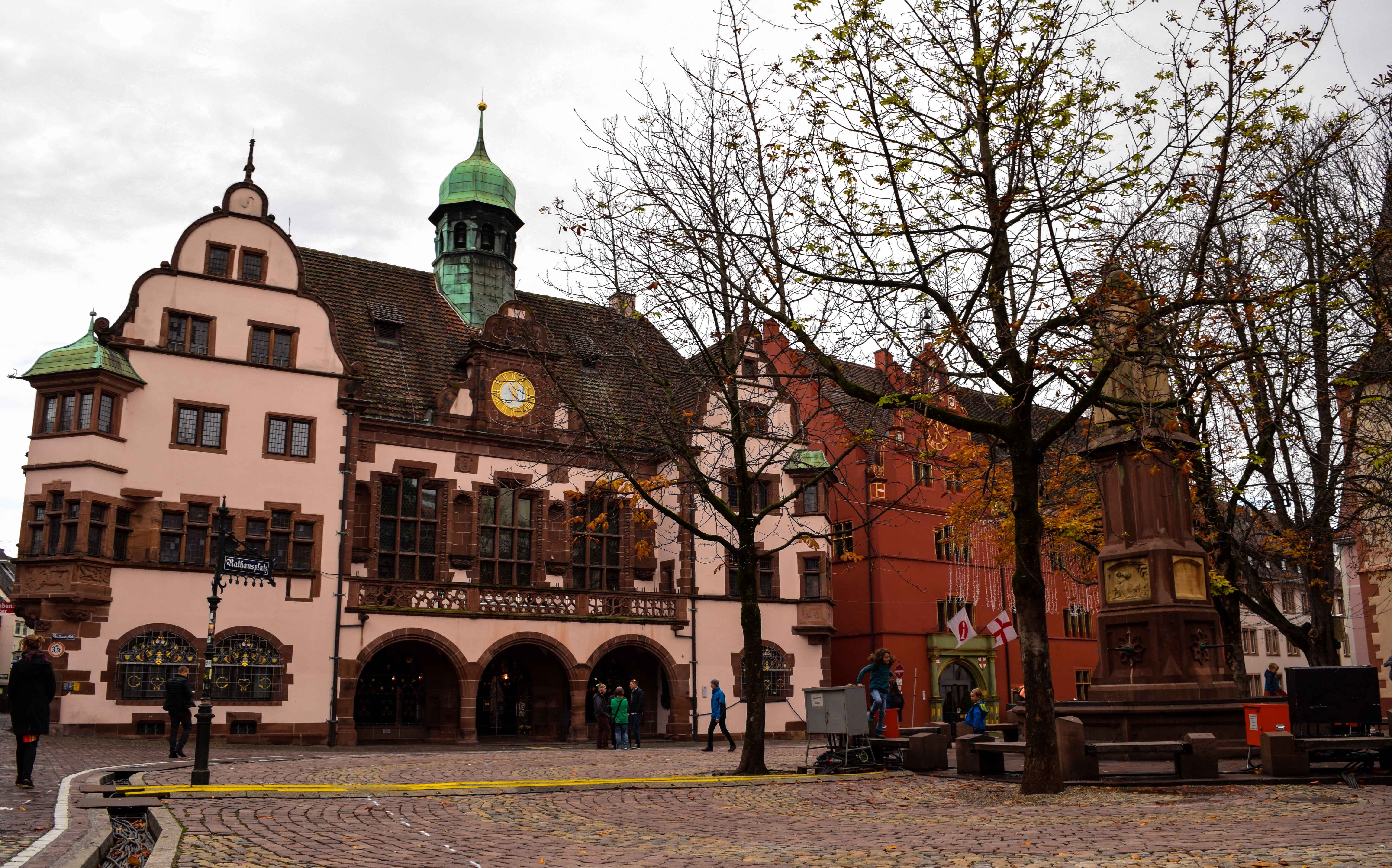

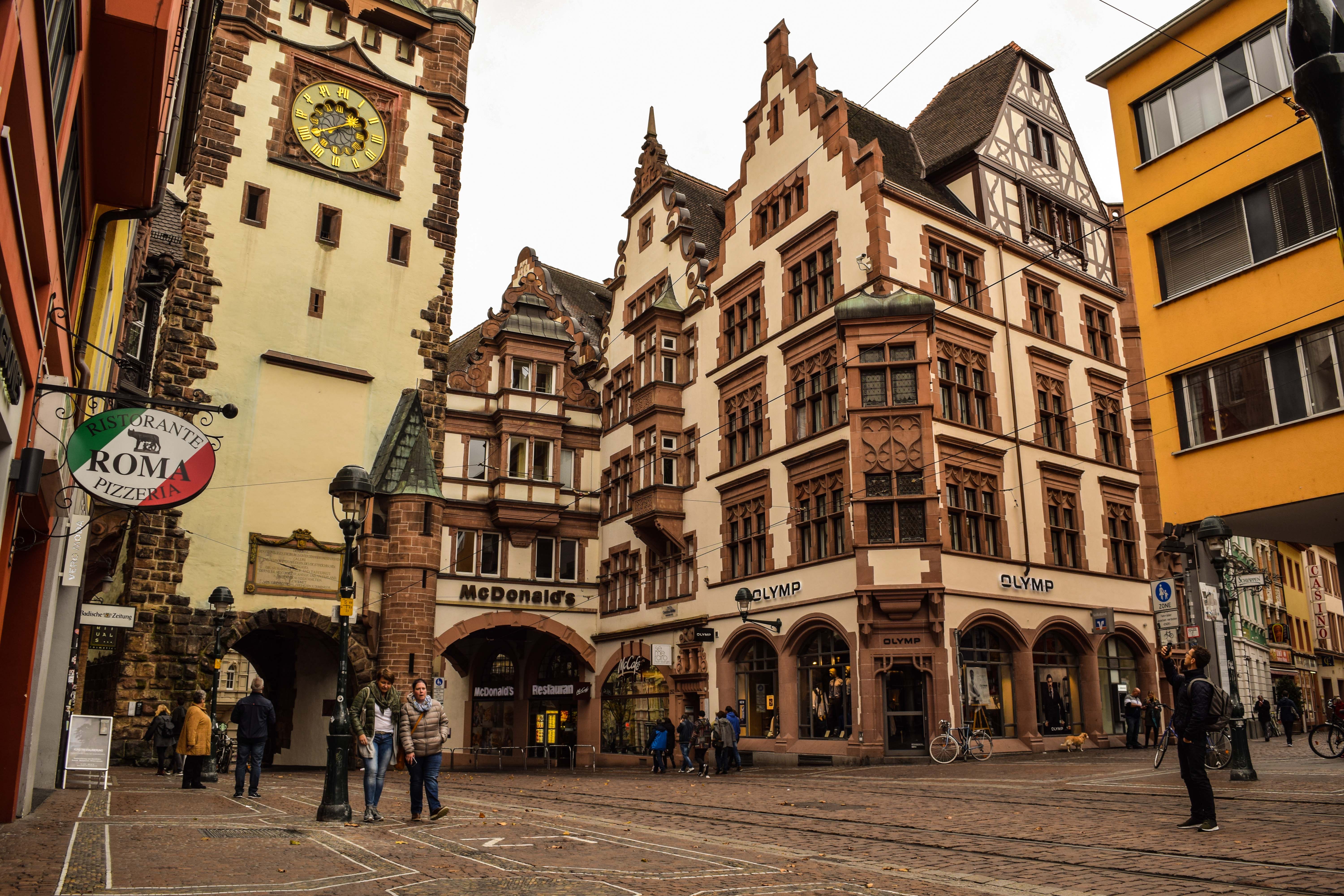
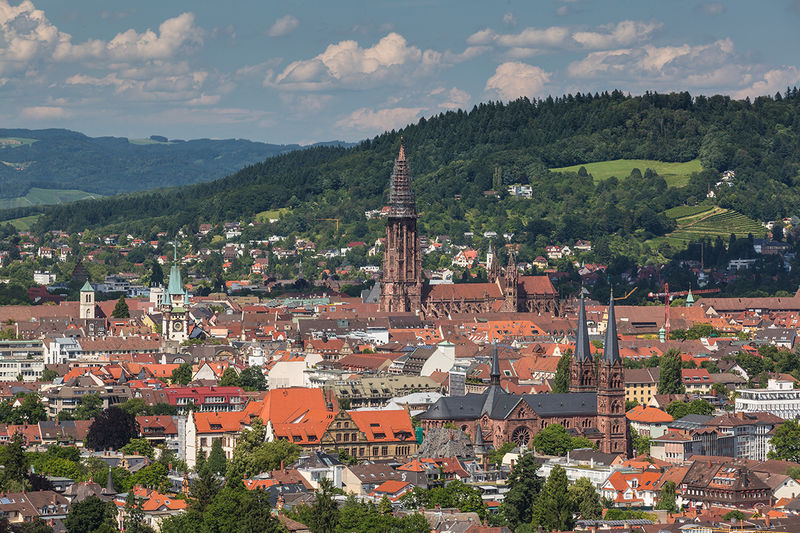
And there we were, packed with the local riches from the market, a bottle of new wine, and battery load of pictures in the camera, off to our way to the Castle Mountain or the Schlossberg. To catch on that perfect look of the town from the top, we took this arduous journey of 180 meters to the Schlossberg tower.
And now was the time to delve on another topic, Freiburg tryst with sustainability and eco-excellence. From eco-friendly hotels, bicycle priority routes, organic waste fermentation plant which converts 36,000 tons of organic waste are processed into renewable energy, Germany‘s first solar stadium, green university, open green spaces to eco-efficient passive homes, Freiburg has embraced sustainability in all respects. The impossible of all these dreams was definitely a passive house, devoid of any active system to maintain temperature. Now I could get the ‘more business’ theory of Claudia.
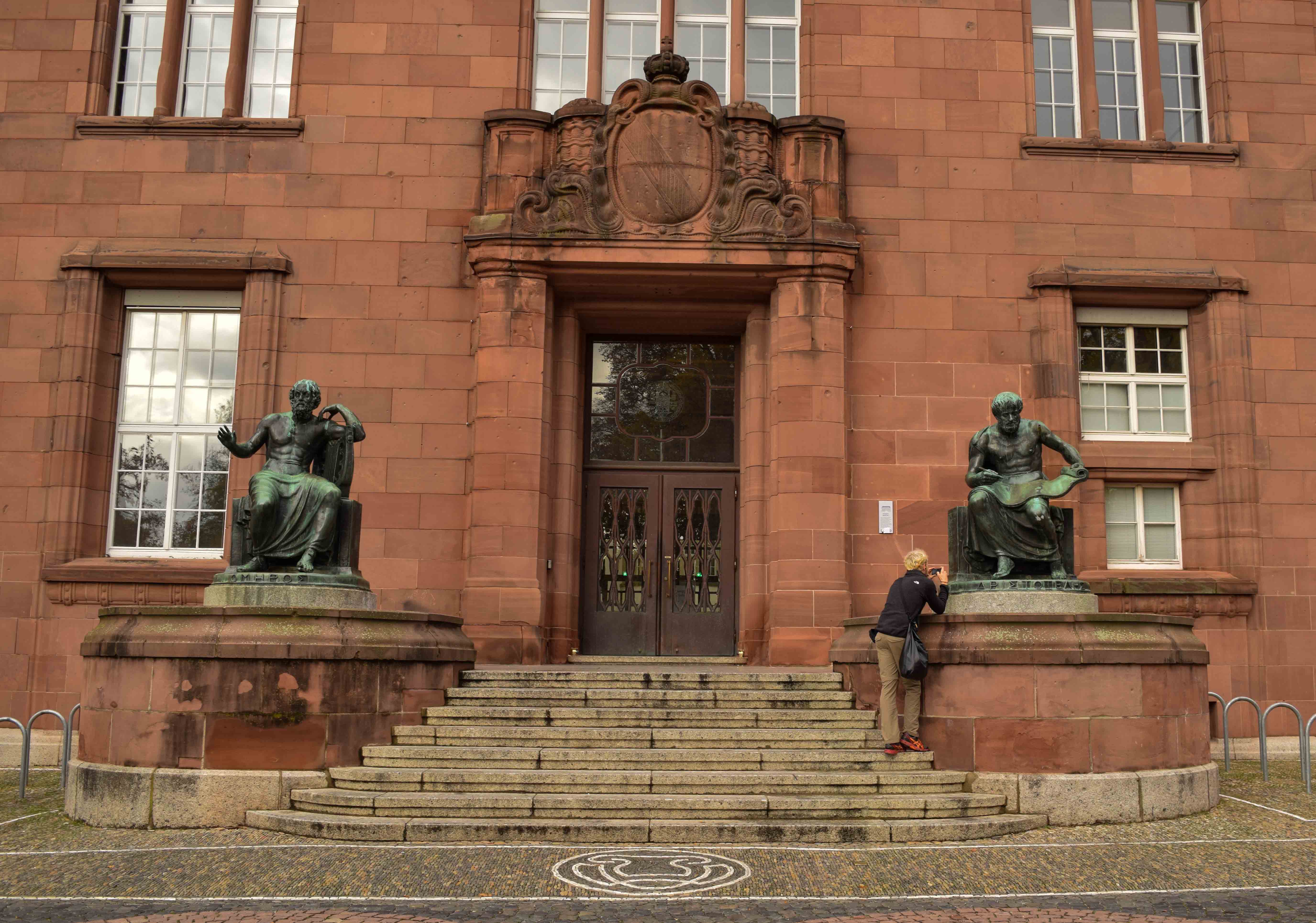
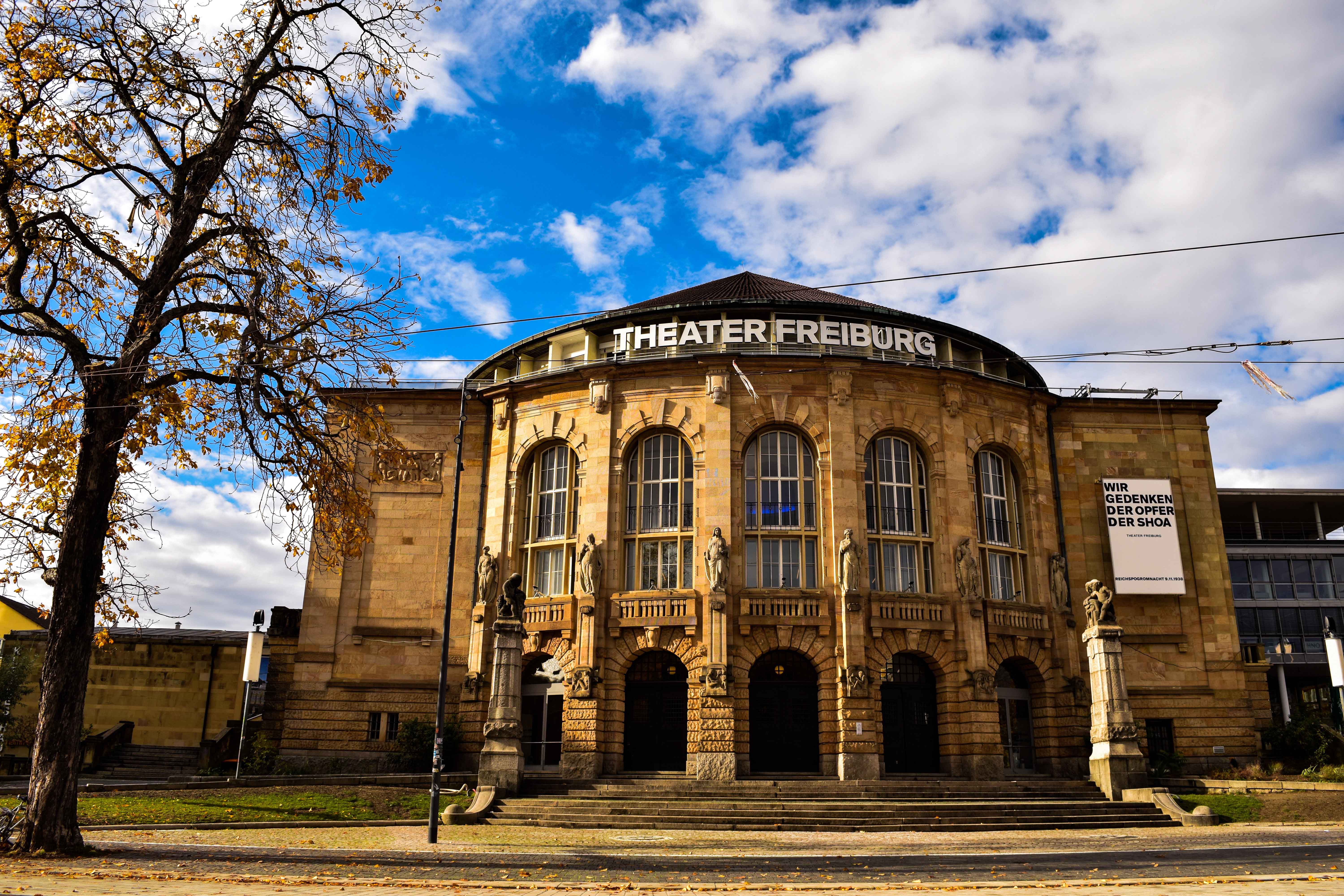
“See, it’s easy all you need is good insulation with foam and tight sealing. This brings down the heating requirement to a great deal” and she went on to explain, “Our homes generate a lot of heat from cooking, lighting, and even breathing, and we let it dissipate. The concept of passive homes is to ensure that we minimize the loss of this heat, and maximize its conduction within the home to maintain temperature.”
And then she went on to explain how the different pipe ducts are laid to achieve maximum efficiency in the conduction of heat. Germany has moved onto the concept of energy saving homes. The government has set a target of no more than 75kWh/m2 per year of energy wastage in a typical house (this is roughly a quarter of that in Britain). Freiburg has set this target at 55kWh/m2. It is a part of Freiburg to become the greenest city in the world.I poured some more wine as the conversation grew intense. And whether it the length of cycle paths, or solar panels on the roof or on an entire hill, eco-designed buildings, environmental sustainability is a part of life in Freiburg. Over a glass of wine, Claudia tells me about her life, she lives in a passive home, cycle everywhere or take a tram, composts all her kitchen waste, has taken membership of a car sharing club, and often doubles up as environment teacher for kids in kindergarten. “In kindergarten” I exclaimed with surprise and she chuckled. Rest was all left to wonder.






Thanks for sharing so much insight into Freiburg! While I know Strasbourg is quite popular among travelers, there is so much to know your post here.
Thanks, I am writing one on Strasbourg now, and Freiberg is amazing. I wouldn’t have planned had my friend not called me
great. looking for more…
I love the architecture. Looks like a great place to visit.
Agree Yvonne, it’s a great one day trip from any of the black forest cities in Germany. I went there from Basel – 2 hours